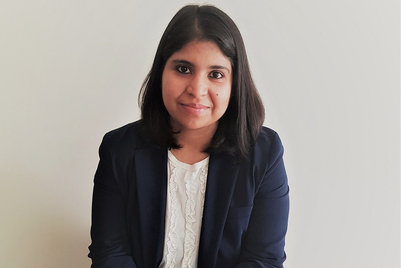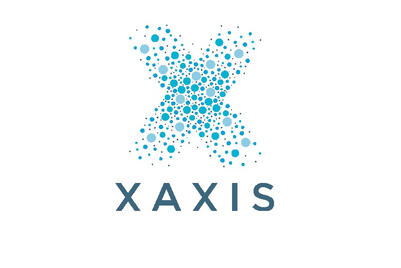Ad fraud will cost
advertisers $87 billion by this year with the Asia-Pacific region alone accounting for most of it. This type of fraud comes in all sorts of shapes and sizes, and poses many challenges. As soon as a new threat has been identified and addressed, a new one emerges.
It’s crucial for advertising and technology partners to alert brand marketers to these threats and generate solutions to uproot and destroy them. One of the most difficult to tackle is threats to a brand’s reputation from the digital media environments in which its advertising messages appear. Implementing the right brand safety processes can preserve a brand's reputation by ensuring its ads aren’t placed in or near negative content such as terrorism or hate speech, or even content that might be dissonant with the company’s image and culture.
Play by the book
Brand safety is a notoriously complex concept for marketers and their companies to grapple with, one that requires nuanced understanding and skillful handling. Poorly conceived and executed brand safety strategies at best cost a lot in misspent ad dollars. They can throw off advertising conversion rates and cause uncertainty and suspicion for consumers. At worst, a poorly executed brand safety strategy can in seconds ruin a company’s reputation.
How, then, can brands’ media buying and planning agencies earn and maintain great relationships with their clients without creating a vicious cycle of mistrust over brand safety concerns? The process begins with a deep dive conducted with the brand’s representatives to develop a concrete understanding of the dangers and what’s needed to combat them.
My colleagues and I endorse greater transparency throughout the industry and redoubled efforts to deliver strong, relevant and memorable ads that people want to see, while following industry-approved guidelines.
Brands and their agencies should play by the rules, adhere to the IAB’s recommendations for verifying publishers’ validity by purchasing advertising inventory from only those who are listed in the IAB’s ads.txt (or the newer app-ads.txt) resource. Following the IAB’s recommendations, advertisers should also frequently update exclusion lists, monitor ad campaigns placed on user-generated content platforms, and frequently revise keyword block lists.
Understand your brand’s DNA
There is no such thing as a cookie-cutter approach to addressing brand safety. Before finalizing a strategy, brands need to look in the mirror and determine if the strategy conflicts with their core values and goals — with their own DNA. Brands should assess their risk tolerance and alter expectations accordingly. More safety, for example, can mean less available inventory. There is a palpable tension between brands minimising risks and losing potential ad exposure.
Some brands may take calculated risks, choosing to place ads in publications that produce controversial content. They believe that playing it safe by avoiding all questionable categories and blacklisted keywords limits the opportunities and exposure the brand could otherwise obtain.
Navigating this minefield requires a sophisticated understanding of both the content and a brand’s boundaries. This is where a partner’s expertise and finesse are crucial to creating the engaging and relevant experiences that their audiences want to see without risking the brand’s standing with them.
Ultimately, the direction a brand takes will be determined by the intended target audience and where those people spend their time online. Beyond mere demographics, understanding customers’ needs, desires, and priorities, even what they stand for, is vital.
Invest in the right technology partners
The advertising industry and associated institutions have been working furiously to stay ahead of the bad guys and prevent malevolent behaviour. Brands must invest in innovative technologies such as AI to help identify safe placements. Where budgets permit, brands should also be working closely with publishers and technology partners that offer premium services that guarantee safe ad placements.
Technology plays an essential role in brand safety. But we also encourage brands to participate in industry groups and follow guidelines as they strive for transparency and accuracy in targeting. A collaborative approach allows companies to custom fit their ad placements in the right contexts and reach the most desirable audiences.
(The author is general manager, Xaxis India)




.jpg&h=334&w=500&q=100&v=20250320&c=1)
.jpg&h=334&w=500&q=100&v=20250320&c=1)

.jpg&h=334&w=500&q=100&v=20250320&c=1)


.jpg&h=334&w=500&q=100&v=20250320&c=1)


.jpg&h=334&w=500&q=100&v=20250320&c=1)
.png&h=268&w=401&q=100&v=20250320&c=1)




.jpg&h=268&w=401&q=100&v=20250320&c=1)


